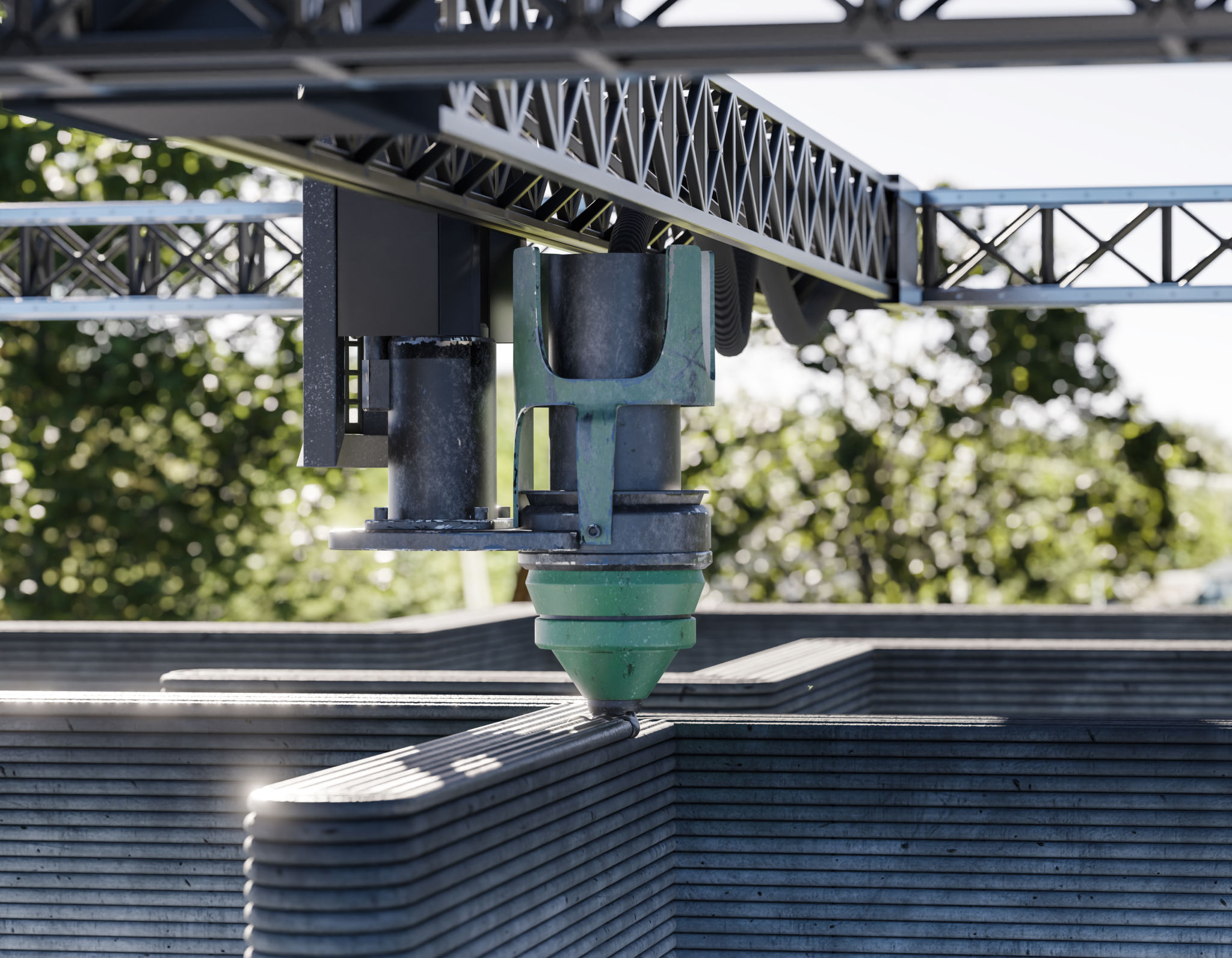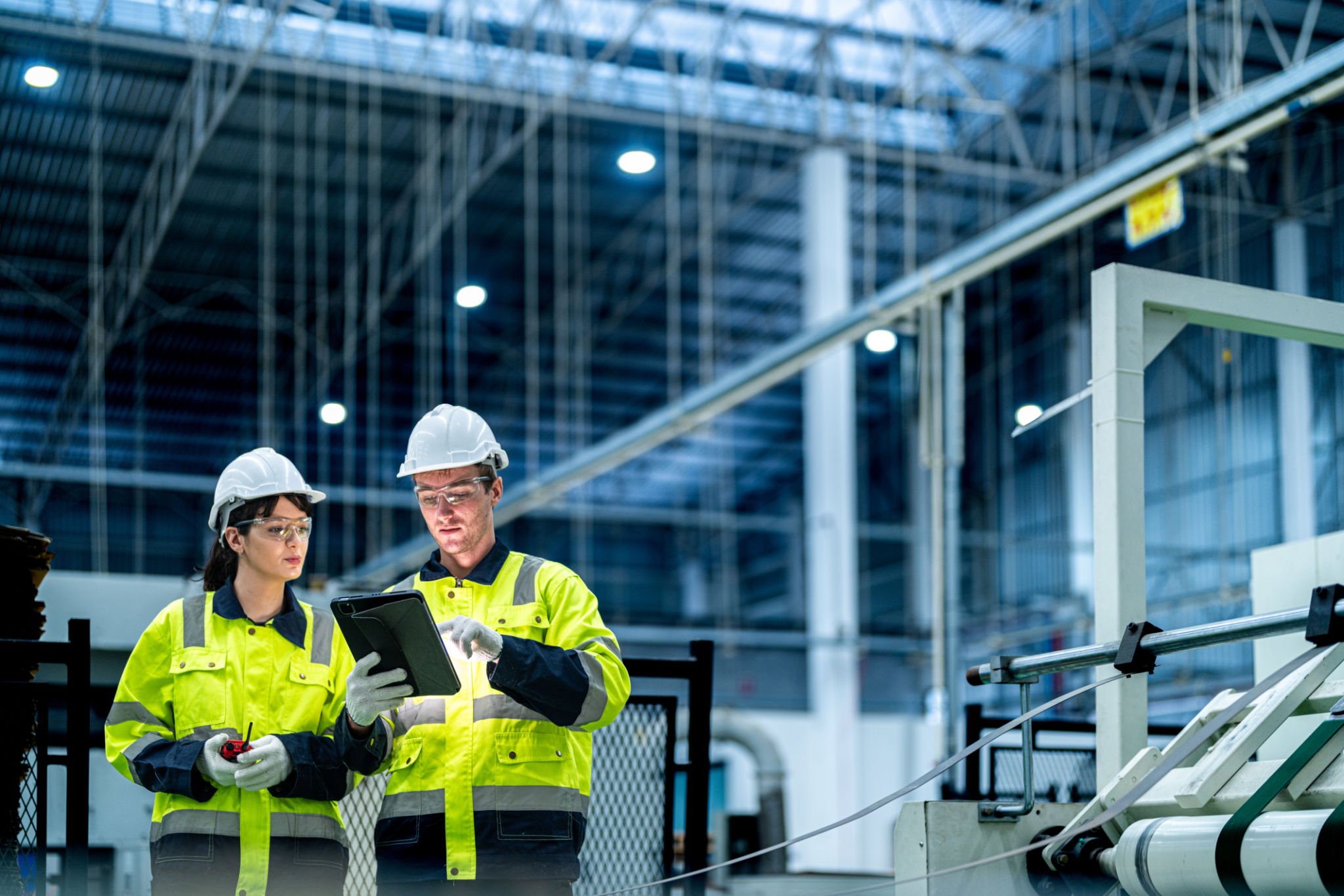3D Printing and Its Impact on Manufacturing Careers
Introduction to 3D Printing in Manufacturing
3D printing, also known as additive manufacturing, has revolutionized the way products are designed and produced. By allowing manufacturers to create complex structures directly from digital designs, this technology is reshaping the landscape of the manufacturing industry. The impact on manufacturing careers is profound, with new roles emerging and traditional jobs evolving to incorporate 3D printing technologies.
In recent years, 3D printing has moved beyond prototyping to become a viable method for mass production. This shift has brought about significant changes in how manufacturers approach product development and supply chain management. Understanding these changes is essential for those looking to pursue or advance their careers in the manufacturing sector.

New Opportunities in Manufacturing
The rise of 3D printing has opened up a plethora of new job opportunities within the manufacturing industry. As companies integrate this technology into their operations, there is a growing demand for skilled professionals who can manage and maintain 3D printing equipment, design printable models, and oversee the production process.
Some of the emerging roles include 3D printing technicians, who are responsible for operating and troubleshooting 3D printers, and 3D design specialists, who create digital models optimized for printing. Additionally, there is an increasing need for engineers who can develop new printing materials and improve existing technologies.

Transforming Traditional Manufacturing Roles
While 3D printing creates new job opportunities, it also transforms traditional manufacturing roles. Workers who previously focused on manual production processes are now required to adapt to digital workflows and automated systems. This transformation necessitates a shift in skill sets, with an emphasis on digital literacy and technical expertise.
For instance, machinists who once operated conventional machinery may now need to understand computer-aided design (CAD) software and be comfortable working with digital files. Similarly, quality control inspectors must adapt to new methods of assessing product integrity in a digitally-driven production environment.

Skills Required for a Career in 3D Printing
To succeed in a career influenced by 3D printing, professionals must acquire a unique set of skills that blend traditional manufacturing knowledge with advanced technical capabilities. Key skills include proficiency in CAD software, an understanding of various 3D printing technologies, and knowledge of materials used in additive manufacturing.
- Technical Proficiency: Familiarity with 3D printers and their operation is crucial.
- Design Skills: Ability to create or modify digital models for printing.
- Problem-Solving: Aptitude for troubleshooting and optimizing printing processes.
- Material Knowledge: Understanding of different materials and their behaviors during printing.
The Future of Manufacturing Careers
The integration of 3D printing into manufacturing is just beginning. As the technology continues to evolve, it will undoubtedly lead to further changes in manufacturing careers. Professionals in this field must be prepared to embrace continuous learning and skill development to stay relevant.
Looking ahead, we can expect further advancements in printing speed, material diversity, and overall efficiency. These developments will likely expand the scope of 3D printing applications across various industries, further increasing its impact on manufacturing careers.

Conclusion
The advent of 3D printing has ushered in a new era for the manufacturing industry. It has not only introduced new job opportunities but also transformed existing roles, requiring a shift towards more digitally-oriented skill sets. For those looking to thrive in this evolving landscape, continuous learning and adaptation are key.
As we look to the future, the potential for 3D printing to further revolutionize manufacturing remains immense. By understanding its impact on careers today, professionals can better position themselves for success in a world where technology continues to drive change.
